i. total investment in the total investment treatment market for urban sewage treatment market is 544.4 billion yuan
1. steady increase of urban sewage discharge and processing rate tends to be saturated
in recent years, china’s urbanization has developed rapidly, and the urbanization rate has increased from 36.22% in 2000 to 57.35% in 2016. by 2020, the urbanization rate of the permanent population in china will reach 60%, and by 2030 it will reach 70%. the urbanization rate of more than 80% in developed countries such as europe and the united states still has a long way to go. therefore, in the coming period, the discharge of urban domestic sewage will still maintain a growth rate of around 5%.

source: public data
urban sewage treatment rates tend to be saturated. since 2000, china's sewage treatment industry has entered a golden period of development. the capacity of urban sewage treatment has increased from 61.55 million cubic meters/day in 2002 to 167.7 million cubic meters/day in 2016, and the sewage treatment rate has increased from 39.97% to 93.44%. the rapid increase in the county's sewage treatment capacity increased from 3.1 million cubic meters per day in 2002 to 30.36 million cubic meters per day in 2016, and the sewage treatment rate increased from 11.02% to 87.38%. at the end of 2016, there were 2039 and 1513 sewage treatment plants in cities and counties nationwide. the total annual sewage treatment volume was 448.8 and 8.1 billion cubic meters, respectively. the sewage treatment rates were 93.44% and 87.38%, respectively, and they were 95% and 90 years from the end of 2020. % just one step away, the sewage treatment rate in cities and counties tends to saturate.
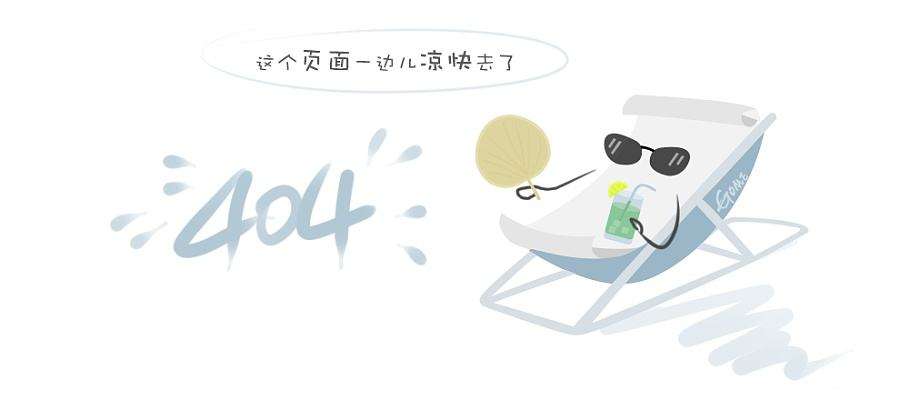
source: public data

source: public data
2. the “13th five-year plan” urban sewage market has a space of 544.4 billion yuan
during the “thirteenth five-year plan” period, the estimated total investment for urban sewage treatment is estimated to be rmb 5,644 billion in total urban sewage treatment during the “thirteenth five-year plan” period, of which rmb 223.4 billion will be invested in the new sewage pipe network and rmb 49.4 billion will be invested in the old sewage pipe network. yuan, investment in rainwater and pollution confluence pipe network investment was 50.1 billion yuan, investment in new sewage treatment facilities was 150.6 billion yuan, investment in upgrading sewage treatment facilities was 42.2 billion yuan, and investment in new or modified sludge harmless treatment and disposal facilities was 39.4 billion yuan the newly increased investment in reclaimed water production facilities was rmb 15.8 billion, and the initial investment in rainwater pollution treatment facilities was 8.1 billion yuan.

source: public data
second, the sewage treatment rate in villages and towns needs to be improved, and the market of 100 billion yuan is about to start.
1. the sewage treatment rate in the villages and towns is only 20%, which needs urgent improvement
different from the urban and county sewage treatment markets, the wastewater treatment facilities in rural areas of our country are not perfect, and the sewage treatment rate is seriously insufficient. in 2008, only 3.4% of administrative villages in china processed domestic sewage. although this figure rose to 20% at the end of 2016, it was far lower than the city's 93.44% and the county's 87.38%. on the other hand, at the end of 2016, 68.7% of the administrative villages had centralized water supply, and 65% of the administrative villages handled domestic waste. sewage treatment was far behind centralized water supply and garbage disposal.

source: public data

source: public data
2. the "13th five-year plan" sewage treatment market in villages and towns is as high as 100 billion yuan
according to the data, the number of centralized sewage treatment plants in villages and towns increased from 1,748 in 2010 to 3,530 in 2016, an increase of 101.95%. the sewage treatment capacity increased from 9.62 million cubic meters to 15.27 million cubic meters per day. composite growth rate of 8.05%. the number of decentralized sewage treatment plants increased from 10,732 in 2010 to 14,584 in 2016. the sewage disposal capacity increased from 6.34 million cubic meters/day to 13.15 million cubic meters/day, with an average annual compound growth rate of 12.93%.
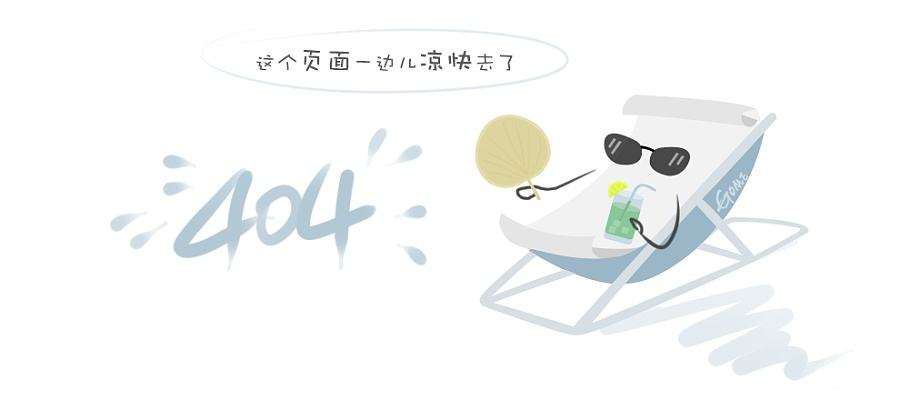
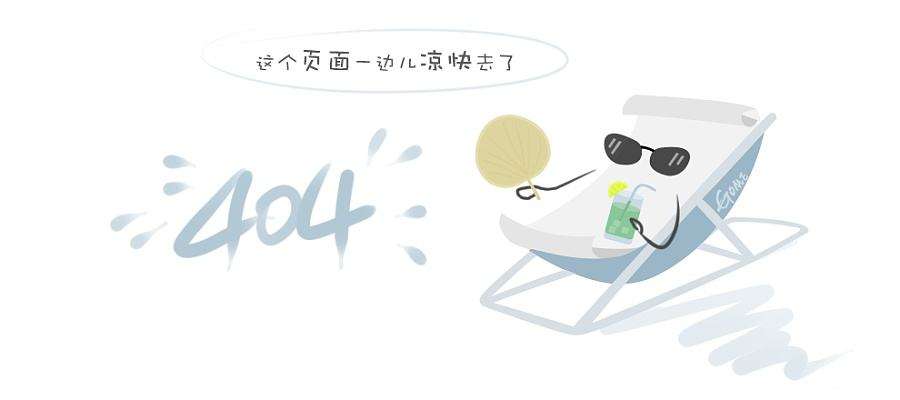
source: public data
the sewage treatment capacity of a centralized sewage treatment plant is calculated at a compound annual growth rate of 8.05% per annum. by 2020, the sewage treatment capacity will reach 20.81 million cubic meters per day, 5.54 million cubic meters per day compared to 2016, at a rate of 3,500 yuan. in terms of investment per cubic meter, the investment in the sewage treatment plant was 19.4 billion yuan, which was calculated according to the investment ratio of the pipeline investment and the sewage treatment plant of 2.5:1, and the total investment for the centralized sewage treatment was 67.9 billion yuan.
similarly, the decentralized wastewater treatment capacity is calculated at a compound annual growth rate of 12.93% per annum. by 2020, the sewage treatment capacity will reach 21.39 million cubic meters per day, an increase of 8.24 million cubic meters per day compared to 2016, if 50% of this with a small-scale integrated wastewater treatment plant, the investment per ton is calculated at an investment of rmb 20,000 per cubic meter, and the remaining 50% at an investment of rmb 3,000 per cubic meter. the total investment for the decentralized wastewater is 94.8 billion yuan, from which the sewage treatment in the village and town is calculated. the market size is 162.7 billion yuan.
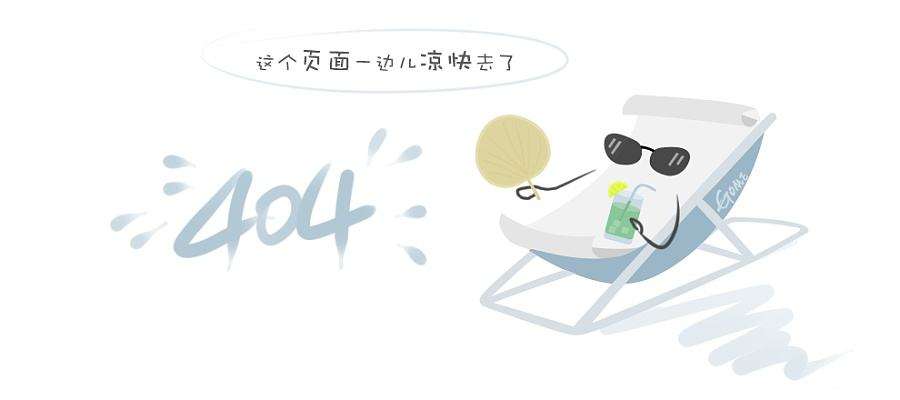
source: public data
third, stricter environmental protection policies, industrial waste water is expected to recover
1. the environmental protection policy is becoming stricter and the market for industrial wastewater is expected to recover by 100 billion
environmental inspectors are normalized, and the cost of illegal businesses has greatly increased. since july 2016, the central government has carried out four environmental inspections, conducted a rigorous review of industrial enterprises nationwide, reprimanded and severely penalized and shut down many illegal polluting companies. with the “inspection” of environmental protection inspectors and the normalization of environmental supervision, the past due to lax regulation and leakage has been checked to a certain extent, and along with the gradual implementation of pollution permits and environmental taxes, the cost of illegal discharge of pollutants has greatly increased. in order to reduce the losses caused by stopping production and restricting production, companies will actively achieve compliance with emissions standards.
as corporate profits improve, the demand for industrial wastewater treatment is expected to recover. environmental supervision and supply-side reforms brought about a reduction in production capacity, which in turn led to an increase in the prices of industrial products and directly promoted the improvement of profitability of industrial enterprises. the coal and steel price indices increased from 137.7 and 81.91 in early 2015 to 160.5 and 113.65 in january 2018 respectively. the year-on-year ratio of industrial enterprises' total profits remained at a growth rate. the profitability of industrial enterprises has improved and the capital has the ability to invest in environmental protection.

source: public data
at present, most domestic enterprises set up their own industrial wastewater treatment facilities and discharge them after treatment. under this model, on the one hand, the standard for the construction of wastewater treatment facilities is relatively low. on the other hand, there is no scale effect in the treatment of individual enterprises. in addition, due to lax supervision, the standards are not met. emissions are common. under the background of continuous improvement of pollutant discharge standards, tightened supervision, and introduction of environmental protection taxes, enterprises themselves are lacking in technology and experience. the transformation of existing facilities and the implementation of third-party operations to ensure stable standards are the future trends. in addition to the state's efforts to promote industrial enterprises to "retreat from the city to enter the park," third-party operations can better highlight its necessity and economy.
industrial wastewater treatment includes investment and operation of engineering facilities. since the utilization rate of industrial wastewater treatment facilities is only about 50%, the space for new construction facilities during the 13th five-year plan period is not large, and the demand for upgrading will be improved. assumptions in the next few years, it will increase at a rate of 5%. by 2020, the investment in industrial wastewater treatment facilities will be 15.1 billion yuan.

source: public data
for the operating segment, the industrial wastewater treatment volume in 2011-2015 has been trending downward. with the tightening of supervision and the implementation of environmental taxes, it is expected that the industrial wastewater treatment volume will recover, assuming a 5% increase. at the same time, with the increase of emission standards, the ton treatment cost will increase. conservatively, it will be calculated at rmb 1.6/t in the next few years. from 2016 to 2020, the industrial wastewater operation space will be 746.9, 784.2, 823.5, 864.6, and 90.79 billion yuan. with the investment in construction facilities, the annual market space for industrial wastewater treatment is 871.2%, 914.8%, 960.6%, 1008.5%, and 105.09 billion rmb respectively.

source: public data
iv. from the end to the whole process, the river length system opens the watershed to manage the trillion ocean blue market
during the “twelfth five-year plan” period, water pollution control was steadily promoted across the country. among them, the “five-water joint governance” implemented in zhejiang province and the “pollution, use, and guarantee” watershed pollution control system in shandong province were established. provincial and zhejiang provinces implemented the first cross-provincial river basin horizontal eco-compensation pilot in the xin'an river basin. although significant achievements have been made in water environment governance during the “12th five-year plan” period, due to the excessive water environmental pollution liabilities before, some areas still have phenomena such as non-compliance of discharge, sewage discharge layout and water environmental carrying capacity, etc., from the latest “2016 environmental status”. according to the communique, there is still a lot of room for pollution in china's rivers and lakes.
surface water: among the 1940 national examination sections, 47 were class i, accounting for 2.4%; 728 were class ii, accounting for 37.5%; 541 were class iii, accounting for 27.9%; 325 were class iv, accounting for 16.8%; one, accounting for 6.9%; inferior v category 166, accounting for 8.6%.
in the area of river basins, the haihe river basin is heavily polluted, accounting for 41.0% of the poor v class; the yellow river, songhua river, huaihe river, and liaohe river basins are lightly polluting, accounting for 13.9%, 6.5%, 7.2%, and 15.1% of the negative v class, respectively. the water quality of the yangtze river and the pearl river basin is good, and the proportion of poor grade v is 3.5% and 3.6% respectively. the water quality of the zhegao film rivers, the northwest rivers and the southwest rivers is excellent, and there is no bad v class.
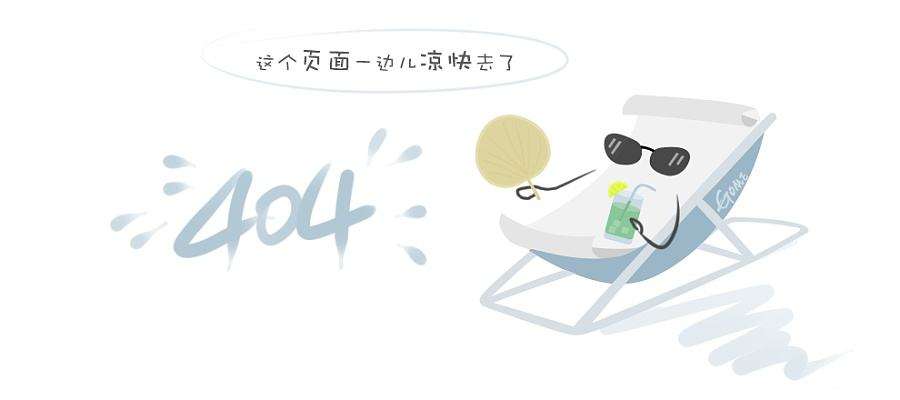
source: public data
in terms of lakes and reservoirs, of the 112 important lakes (reservoirs), there are 8 lakes (reservoirs) of class i water quality, accounting for 7.1%; 28 of class ii, accounting for 25.0%; 38 of class iii, accounting for 33.9%; 23 of class iv , accounting for 20.5%; 6 categories of v, accounting for 5.4%; 9 cases of inferior v, accounting for 8.0%. of the 108 lakes (reservoirs) that monitored the nutritional status, 10 were oligotrophic, 73 were moderately nutritious, 20 were lightly eutrophic, and 5 were heavily eutrophic.

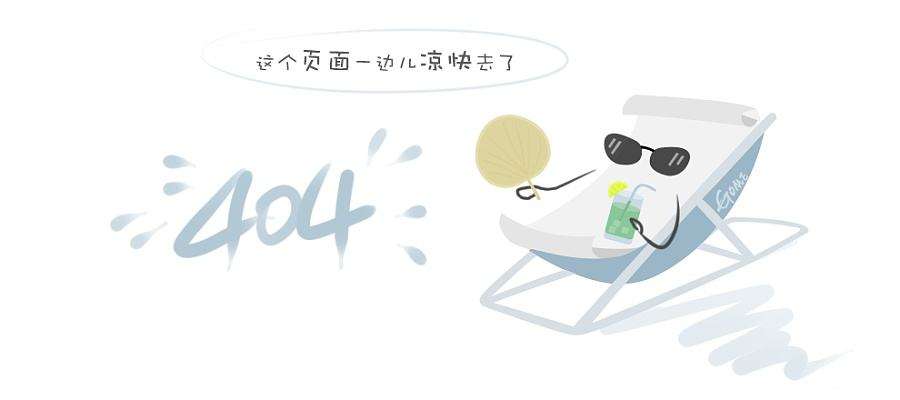
source: public data
in the aspect of black and odor bodies of water: according to the dynamic data of the supervision and management platform for black stench water bodies across the country, as of february 13, 2018, 224 prefecture-level and above cities in the country have checked and confirmed 2,100 black and odor bodies of water, of which 1,120 have been completed. accounting for 53.33%. 790 are under governance, accounting for 37.62%, 190 are developing remediation programs, accounting for 9.05%, and still have 46.67% of unfinished governance. according to the requirements of the “water ten articles”, by 2020, the black and odorous water bodies in the built-up areas at or above the prefecture level will be controlled within 10%. at present, there is still much room for governance.
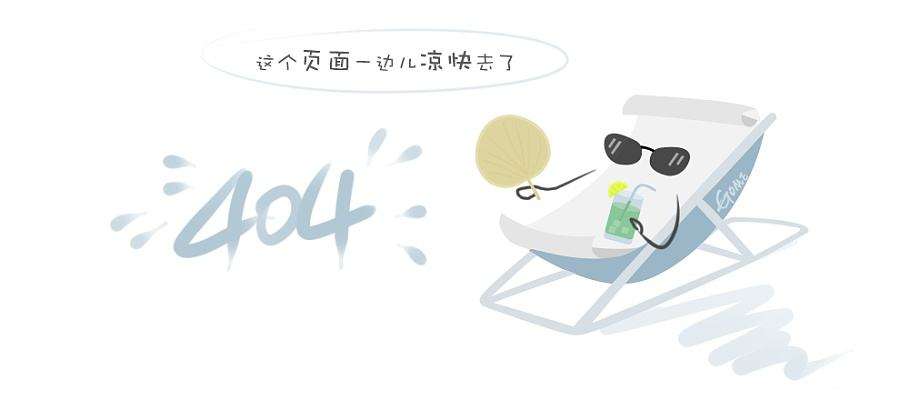
source: public data
source: china industry information network
legal exclusion: if there is infringement, clear spring will clear it at the first time
